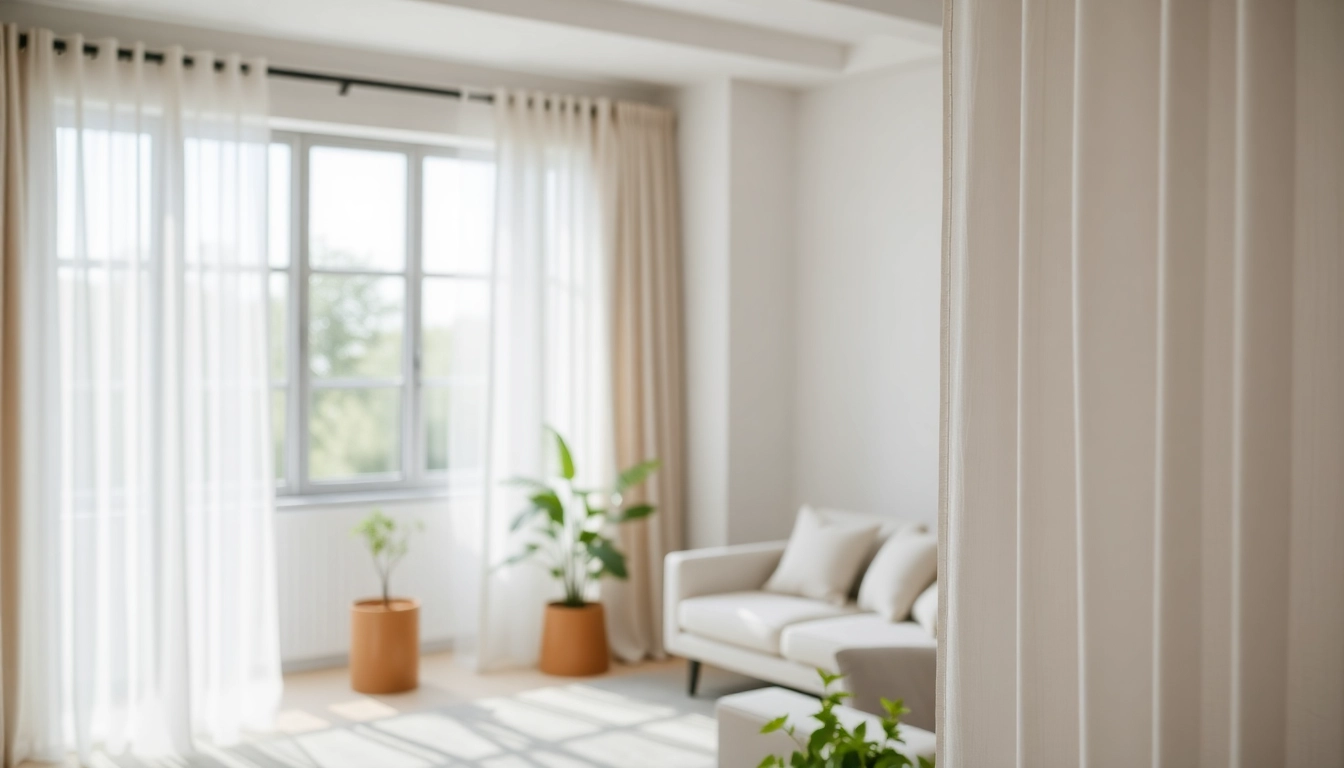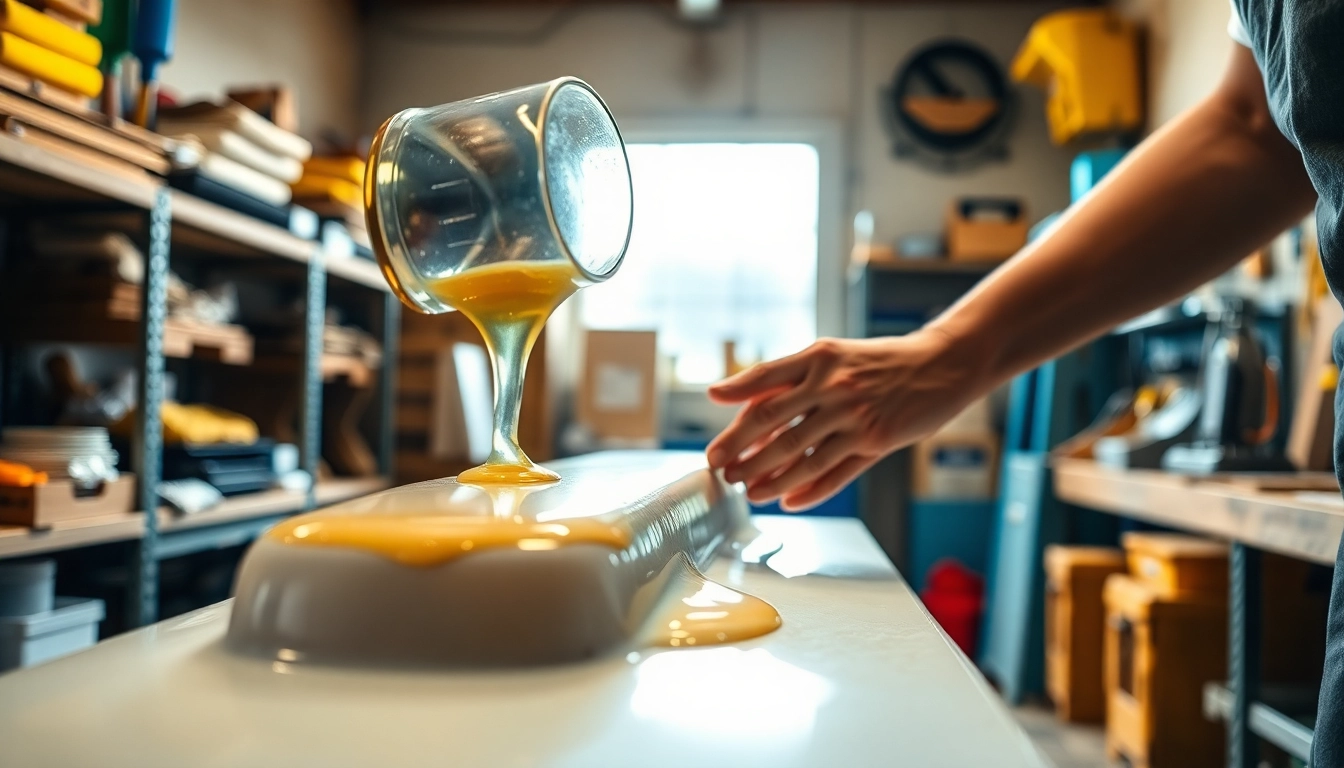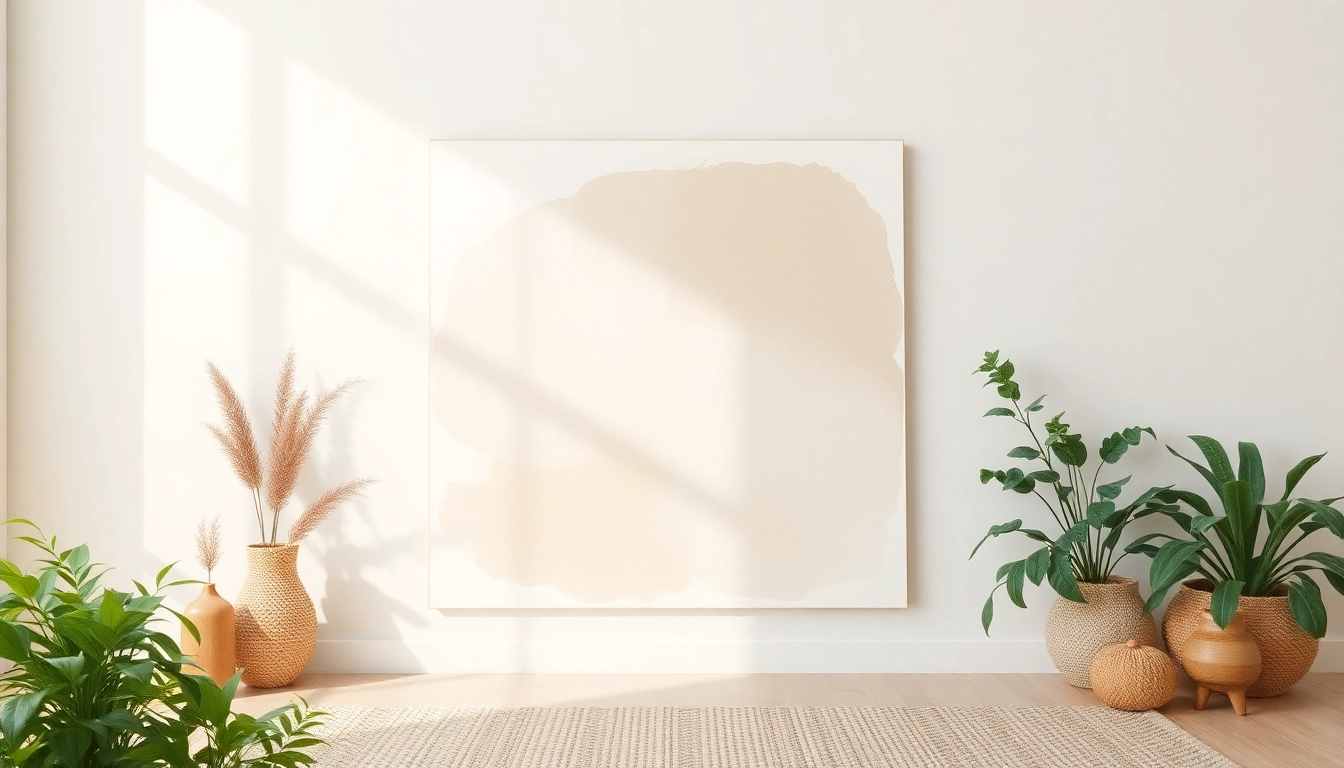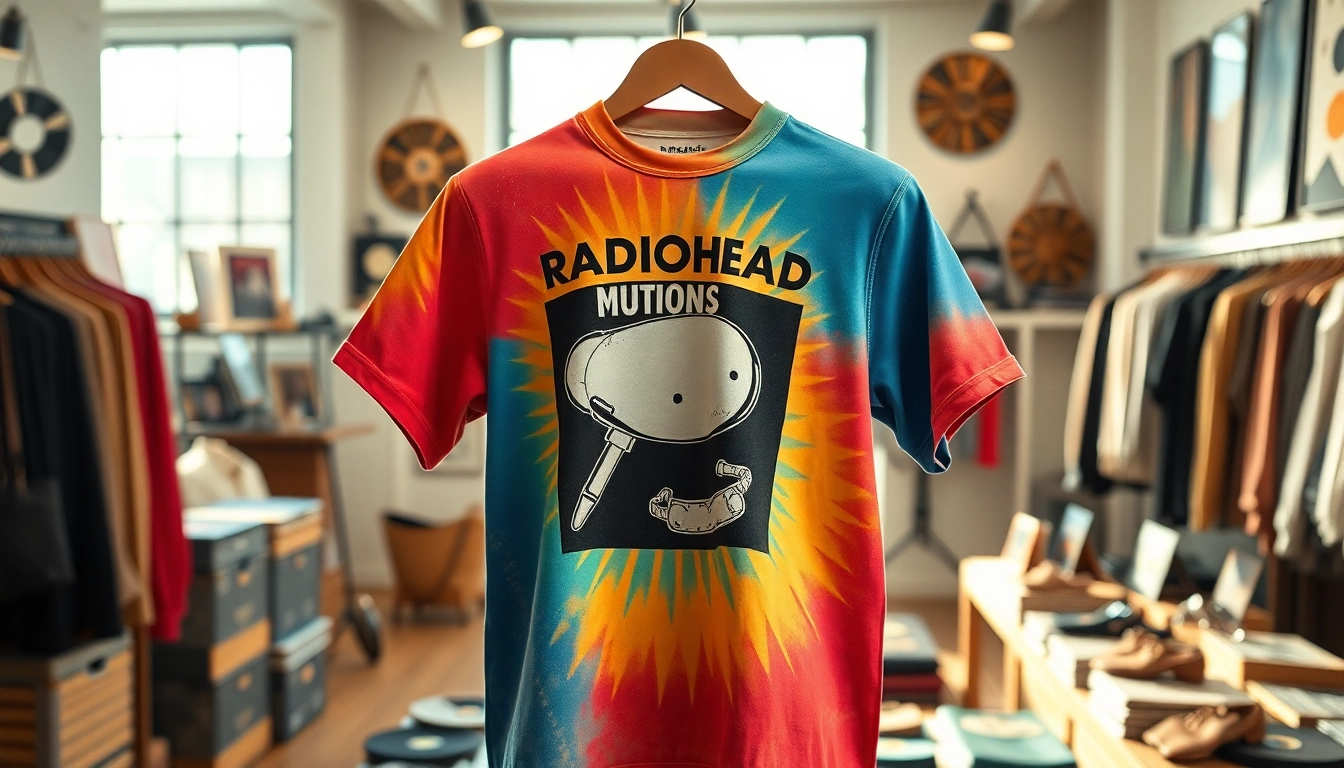Introduction to Curtain Tracks and Poles
When it comes to interior design, few elements hold as much influence over a room’s overall aesthetics and functionality as window treatments. Among the various options available, Curtain tracks and poles stand out for their ability to marry form and function. With their versatility and range of styles, they can dramatically enhance the appeal of any space while providing practical solutions for controlling light and privacy.
Understanding the Basics of Curtain Tracks
Curtain tracks are systems designed to support and control the movement of curtains or drapes. Unlike traditional curtain rods, which allow curtains to slide horizontally, tracks can accommodate a wider variety of configurations. Made from materials such as metal, plastic, or wood, they provide a streamlined way to hang and manipulate window treatments. Most curtain tracks come with a series of gliders or carriers that aid in the smooth movement of curtains, which is especially beneficial in larger spaces or for heavier fabrics.
The Advantages of Using Curtain Poles
Curtain poles, on the other hand, offer a stylish and often decorative approach to hanging curtains. Typically made from materials like wood, metal, or even decorative composites, poles provide an elegant finish that can complement various design styles. They can support more decorative curtains, including those with rings, which can add visual interest to your windows. Poles can also be used with finials—ornamental end caps that enhance the aesthetic appeal and serve as functional stops to keep curtains from sliding off.
How Curtain Tracks and Poles Differ
Understanding the key differences between curtain tracks and poles is crucial for making the right choice for your home. While tracks are ideal for larger windows and heavier fabrics, poles can make a bold design statement. Tracks often offer a more discreet appearance and can be mounted directly to the ceiling for a more seamless look. In contrast, poles are typically mounted on the wall and can be a focal design element. Each choice presents unique installation requirements, stylistic considerations, and functionality.
Types of Curtain Tracks and Poles
Wall-Mounted Alternatives and Their Benefits
Wall-mounted curtain tracks and poles are a traditional option that provides both style and functionality. These systems are attached directly to the wall, allowing for easy access to open and close curtains. The primary advantage of wall mounting is its simplicity of installation and use. This method is suitable for various types of windows, including those that are standard-width and positioned at average heights.
Wall-mounted poles often come with decorative features, allowing them to add a visual element to a room. They work particularly well in traditional or classic settings, where ornate finials and rich materials can create a luxurious feel. Curtain tracks designed for wall mounting give a more understated appearance, which may be preferable in modern or minimalist designs.
Ceiling-Mounted Solutions for Versatility
Ceiling-mounted curtain tracks and poles provide an innovative alternative for any room size and window shape. This type of installation allows the curtains to hang closer to the ceiling, creating an illusion of height and space. It is particularly beneficial in smaller rooms where maximizing vertical space is crucial.
Ceiling-mounted tracks can be particularly advantageous in contemporary spaces, as they can be painted to match the ceiling or the curtain fabric, providing a seamless look. Furthermore, these tracks can be configured for a range of arrangements, including bay windows or corner installations where traditional poles may not work as effectively.
Custom Options for Unique Spaces
One notable trend in window treatment solutions is the rise of custom-made curtain tracks and poles. Customization allows homeowners to achieve a perfect fit for unconventional window sizes and shapes or even specific support needs for heavier fabrics. Options may include specialized gliders for smooth movement, tailored lengths, and finishes that match existing decor.
Custom solutions also extend to aesthetic finishes. Clients can choose from a range of colors and materials to suit their home’s theme, from stylish wood finishes to sleek metals, ensuring that the solution not only works but also enhances the surrounding space.
Choosing the Right Materials
Metal vs. Wood: Which is Better?
When it comes to choosing materials for curtain tracks and poles, metal and wood are among the most popular options. Metal poles, such as those made from stainless steel or aluminum, offer durability and a more modern appearance. Metal is easy to clean and can support heavier curtains due to its strength.
Conversely, wooden tracks and poles bring warmth and character to a space. They are available in various finishes and grains, making it easier to match them with other wooden elements in a room. Although they may not support as much weight as their metal counterparts, high-quality wood can withstand the rigors of daily use when properly cared for.
Durability Considerations for Long-Term Use
Durability is a key factor when selecting materials for curtain tracks and poles. Metal constructions, particularly those with rust-resistant coatings, can withstand moisture and humidity, making them suitable for kitchen or bathroom areas. On the other hand, wooden options might require more frequent maintenance, such as sealing or painting, to keep them looking their best over time.
It’s essential to assess the weight and type of curtains you plan to use. Heavier curtains will demand more robust materials, either through stronger brackets for wooden poles or sturdier tracking systems in metal. Knowing the expected wear and tear in your specific usage environment will inform which material is best suited for your needs.
Choosing Finish and Color to Match Decor
Finishes and colors can significantly affect how well curtain tracks and poles integrate with existing decor. For contemporary spaces, sleek metallic finishes, such as brushed nickel or chrome, can offer a polished look. In contrast, rustic wood stains might enhance traditional interiors, bringing warmth and charm.
Consideration should also be given to the color palette of the room. Neutral finishes can provide versatility, while bold colors may serve as focal points. Whichever path you choose, make sure the styles harmonize with the room’s overall design for a cohesive look.
Installation Tips for Curtain Tracks and Poles
Tools Required for Successful Installation
Before embarking on your curtain tracks and poles installation project, having the right tools on hand is essential. Basic tools include a power drill, a level, a measuring tape, Stud finder, and screws or anchors. Ensure you have suitable brackets for the type of system you are installing, whether wall-mounted or ceiling-mounted.
Step-by-Step Guide to Mounting
Installing curtain tracks and poles can be a manageable DIY project. Here’s a concise guide:
- Measure: Determine where you want to mount the tracks or poles, then measure the width of your window, accounting for any desired overhang.
- Mark Drill Points: Use a pencil to mark where the brackets will be placed. It’s crucial to check that your marks are level using a level tool.
- Check for Studs: If you’re mounting to the wall, use a stud finder to ensure the brackets attach securely to the studs.
- Drill Holes: Carefully drill holes as needed for your screws or anchors. Use a smaller bit to ensure accuracy.
- Attach Brackets: Fix the brackets securely using the screws provided, ensuring they are level.
- Install Tracks or Hang Poles: Following the manufacturer’s instructions, install the curtain tracks, ensuring everything glides smoothly. For poles, simply slide the curtain hooks onto the rings before placing the pole into the brackets.
- Final Adjustments: Hang your curtains and make any adjustments to ensure they hang evenly and operate smoothly.
Troubleshooting Common Installation Issues
Even with the best preparations, issues may arise during installation of curtain tracks and poles. Here are solutions to a few common problems:
- Misalignment: If your curtain tracks aren’t aligned properly, double-check your measurements and the level of your brackets, making adjustments if necessary.
- Sticking Curtains: If your curtains snag or stick, ensure the tracks are clean of debris and that gliders are functioning smoothly. Sometimes, adding a bit of lubricant can help.
- Insufficient Weight Support: If the curtains seem too heavy for the track, consider installing additional brackets for better weight distribution or upgrading to a sturdier track system.
Maintenance and Care
How to Clean Curtain Tracks and Poles
Maintaining the cleanliness of curtain tracks and poles is vital for their longevity and functionality. Regular dusting and wiping can prevent buildup that may hinder performance. For metal tracks, a damp cloth can usually suffice, while wooden options may require a gentle cleaning solution to avoid damaging the finish.
Ensuring Smooth Functionality Over Time
To ensure your curtain tracks and poles continue to function smoothly, consider periodic maintenance checks. Regularly examine the mounting brackets for any signs of wear or loosening, and tighten them if necessary. Lubricate the gliders of curtain tracks whenever you notice them sticking or jamming. This simple upkeep can extend the lifespan of your window treatment system.
When to Replace or Upgrade Your System
Knowing when to replace your curtain tracks and poles is essential. If you find that curtains no longer slide smoothly or the hardware shows signs of damage, it may be time for a replacement. Additionally, if you are undertaking a new decor project that redefines the aesthetic of your space, an upgrade to a new style of tracks or poles may better suit your vision.













Leave a Reply